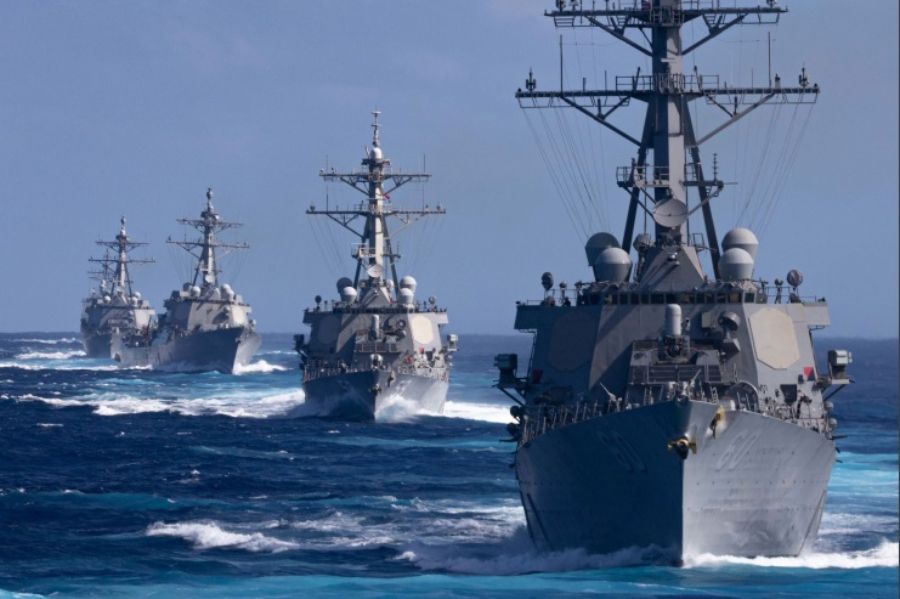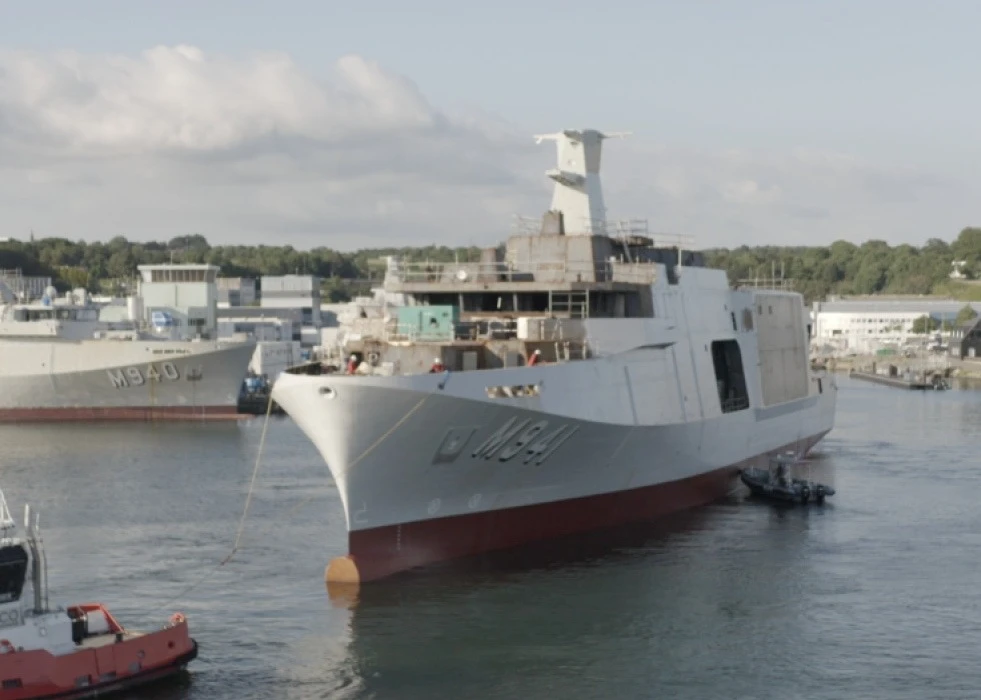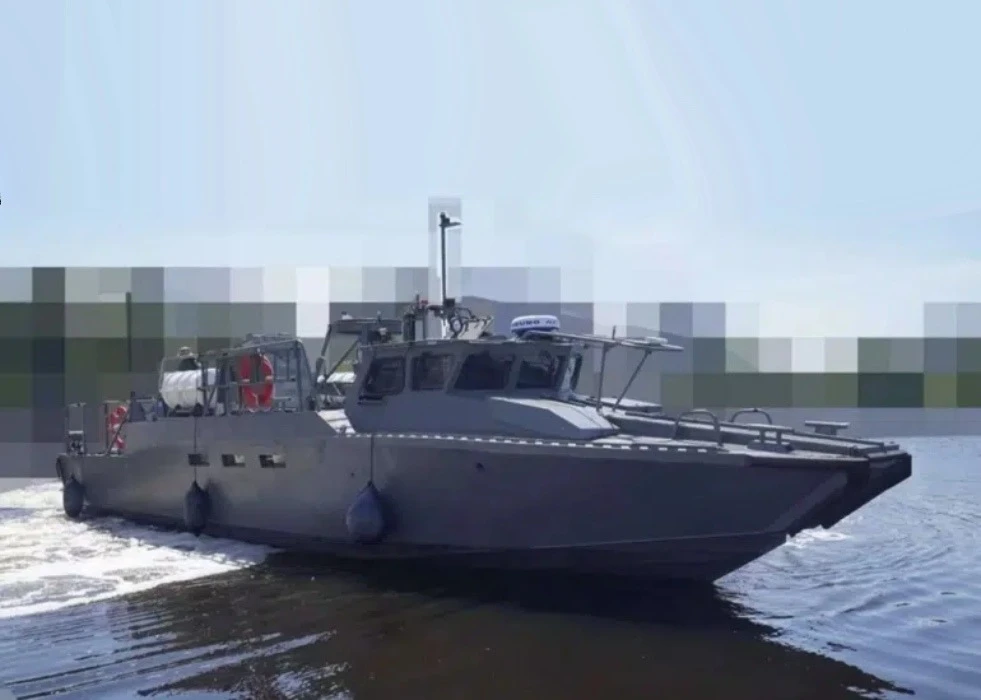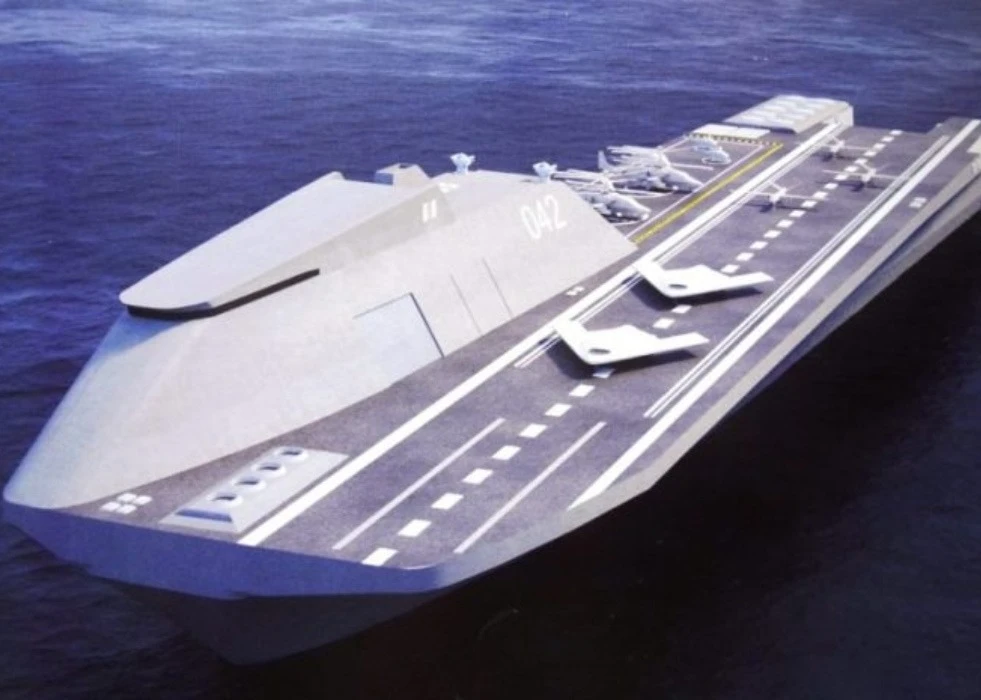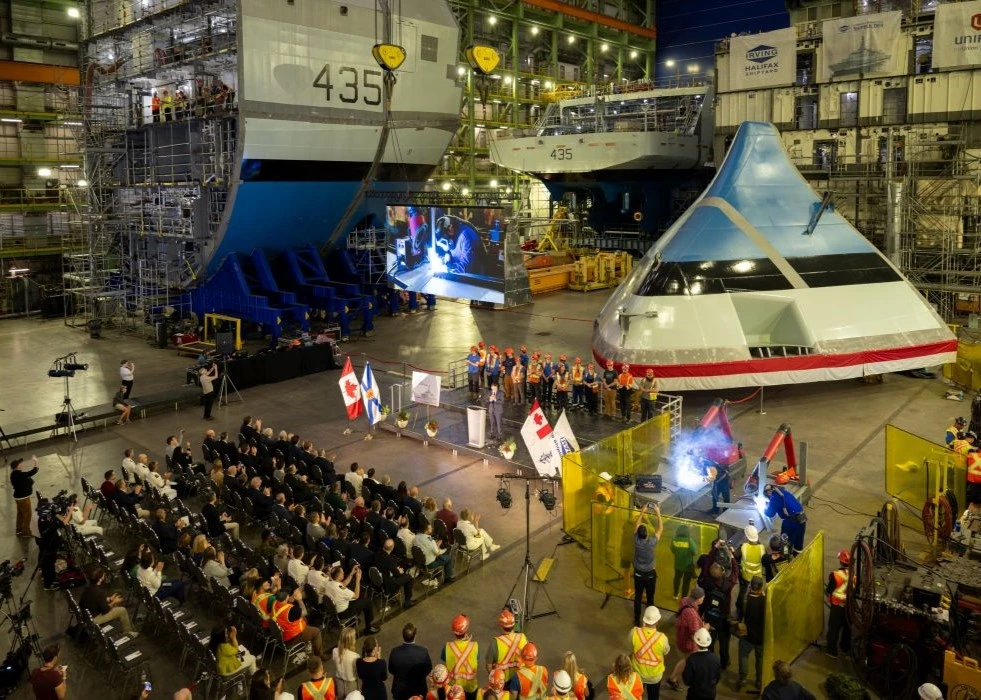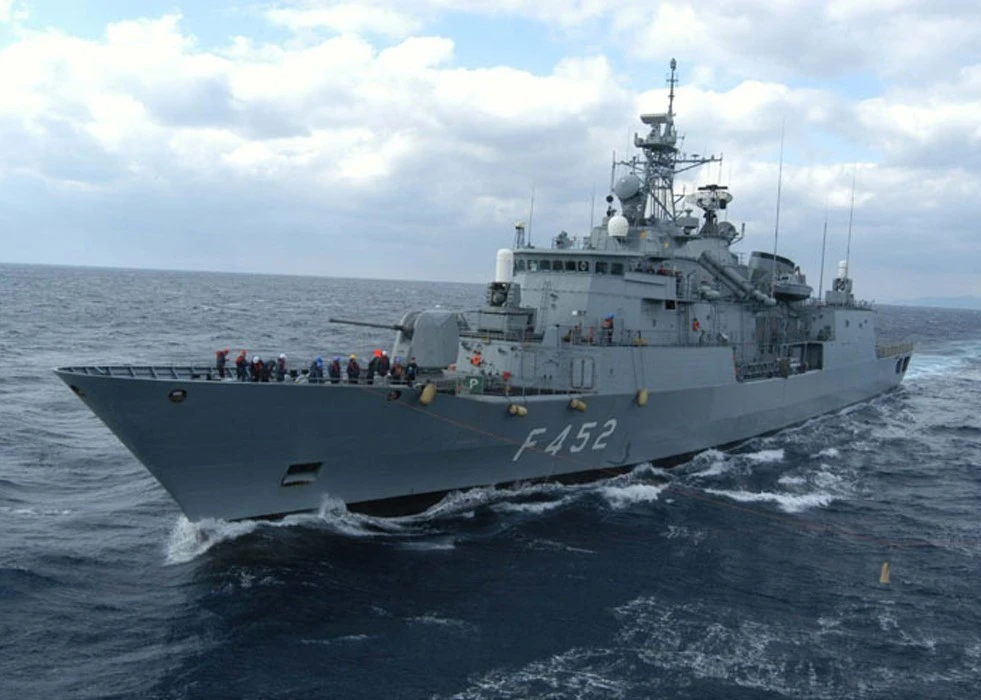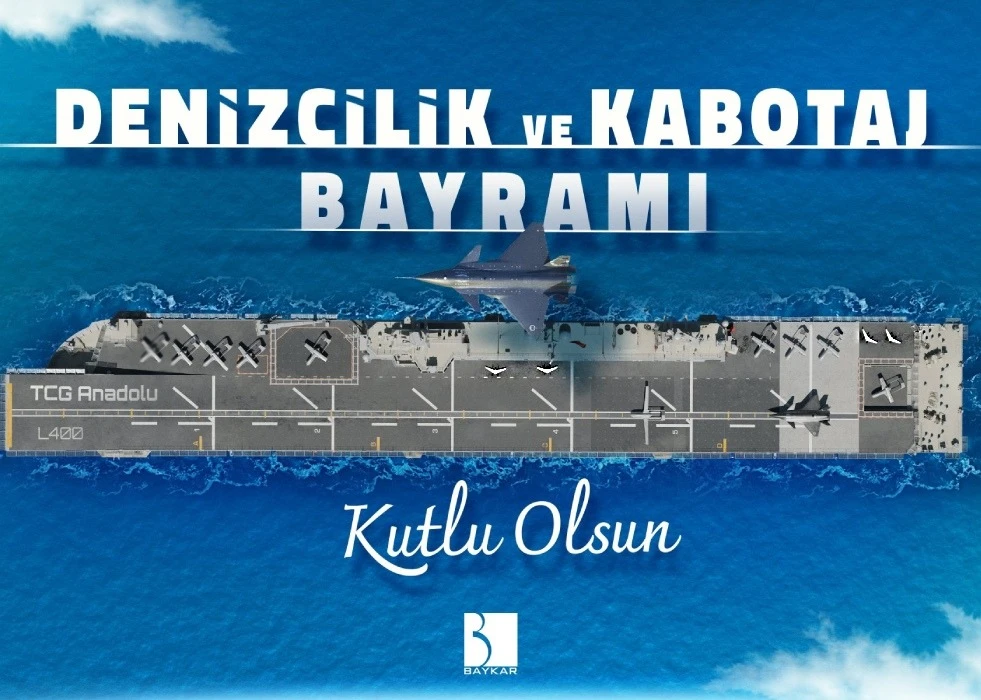According to US Government Accountability Office’s (GAO ) report US Navy’s sustainment challenges have worsened across the ship classes reviewed. GAO’s “Weapon System Sustainment” states that US Navy warships’ operational and support costs have increased by $ 2.5 billion in the last decade. Similarly, the cost per sailing hour has also increased.
The report documents developments in ten classes of warships (151 ships in total): ‘Nimitz’ (aircraft carriers), ‘Arleigh Burke’ (destroyers), ‘Ticonderoga’ (cruisers), ‘Freedom’ and ‘Independence’ (LCS), ‘America’, ‘Wasp’, ‘San Antonio’, ‘Whidbey Island’ and ‘Harpers Ferry’ (amphibious operations).  The report resumes that “The number of maintenance cannibalizations (working parts removed and reused elsewhere due to parts shortages), casualty reports (reports of events that impair ships’ ability to do a primary mission), and days of maintenance delay (days beyond the scheduled end date for depot maintenance) have each increased while steaming hours (the number of hours a ship is generally in an operating or training status) have decreased. The analysis’s main indicator is the ships’ operational and support costs, which increased significantly.
The report resumes that “The number of maintenance cannibalizations (working parts removed and reused elsewhere due to parts shortages), casualty reports (reports of events that impair ships’ ability to do a primary mission), and days of maintenance delay (days beyond the scheduled end date for depot maintenance) have each increased while steaming hours (the number of hours a ship is generally in an operating or training status) have decreased. The analysis’s main indicator is the ships’ operational and support costs, which increased significantly.
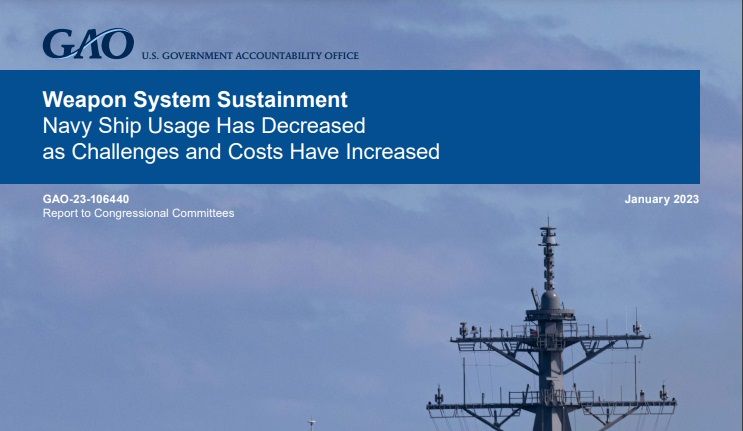 In seven of the ten classes, there was also an increase in the cost per sailing hour, while in the aircraft carriers “Nimitz” and the ships of amphibious operations “America” and “Harpers Ferry”, the cost remained the same. Another reported issue is time delays in completing scheduled maintenance work.
In seven of the ten classes, there was also an increase in the cost per sailing hour, while in the aircraft carriers “Nimitz” and the ships of amphibious operations “America” and “Harpers Ferry”, the cost remained the same. Another reported issue is time delays in completing scheduled maintenance work.
The ships that recorded the highest rate of “cannibalization” are the Freedom-class LCSs and the Wasp-class amphibious assault ships. In addition, Wasp and the Freedom- and Independence-class LCSs recorded the most serious incidents of failure (category 3 and 4 “loss reports”). San Antonio-class amphibious assault ships and Arleigh Burke-class destroyers experienced the most extended maintenance delays.For the 22 Ticonderoga-class cruisers, the report lists annual (for 2020) total operating and support costs of $1,971,100,000 ($89,595,000 per ship), of which $603,500,000 support costs ($27,432. 000 per ship). In 2021 there were, on average, six incidents of cannibalism per ship and 132 in total for the 22 Ticonderogas, while they also recorded 792 reports of class 3 and 4 losses (i.e. 36 incidents on average per ship).
For the 10 Freedom-class LCS ships, the report lists annual (for 2020) total operating and support costs of $381,400,000 ($38,140,000 per ship), of which $242,900,000 is support costs ($ 24,290,000 per ship). In 2021, there were, on average, 18 incidents of cannibalism per ship and 180 in total, while they also recorded 440 reports of category 3 and 4 losses (44 incidents on average per ship).For the 12 Independence-class LCS ships, the report lists annual (for 2020) total operating and support costs of $506,600,000 ($42,217,000 per ship), of which $330,800,000 is support costs ($ 27,567,000 per ship). In 2021 there were, on average, four cannibalism incidents per ship and 48 in total, while they also recorded 444 reports of category 3 and 4 losses (an average of 37 incidents per ship).


